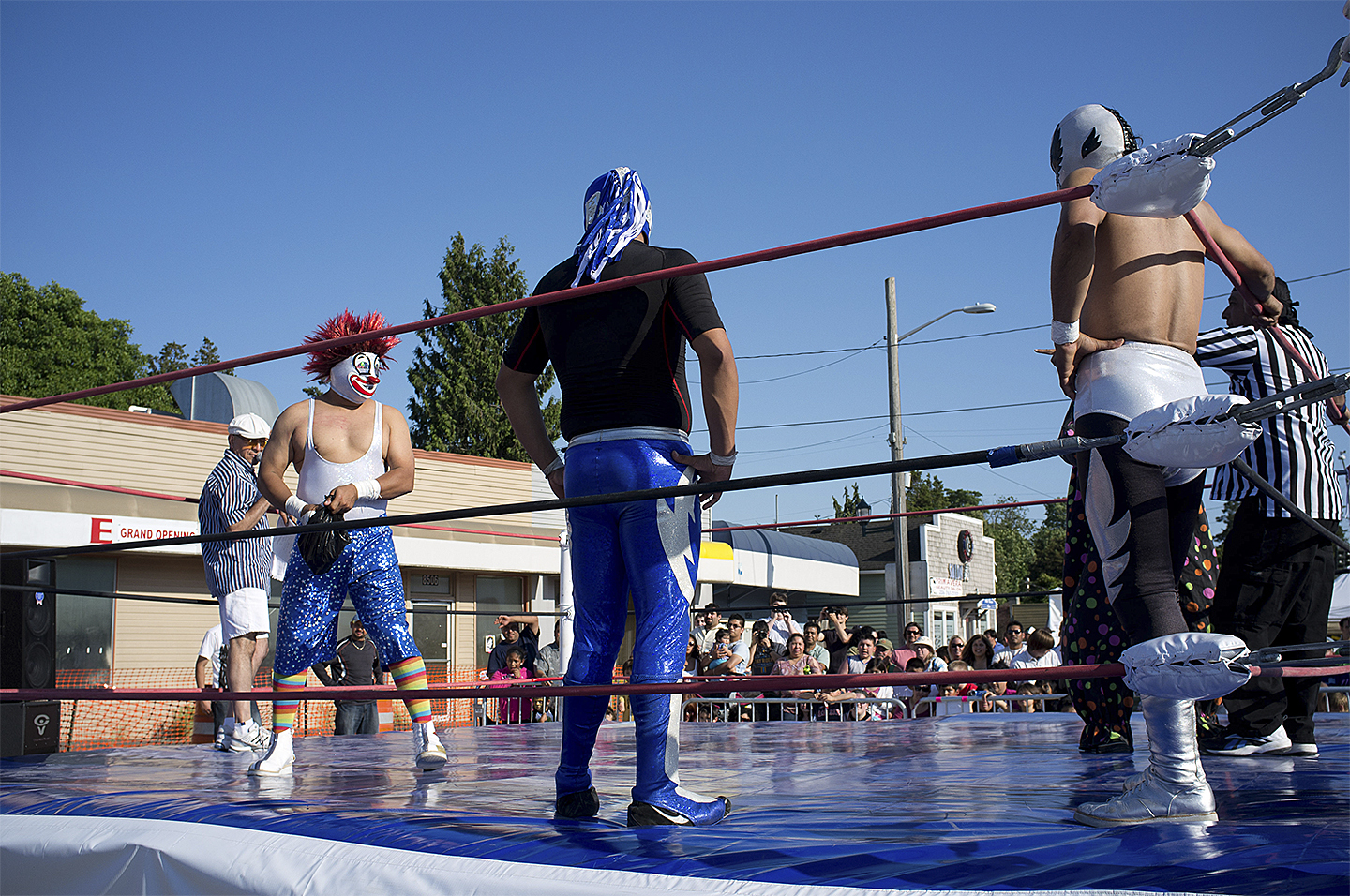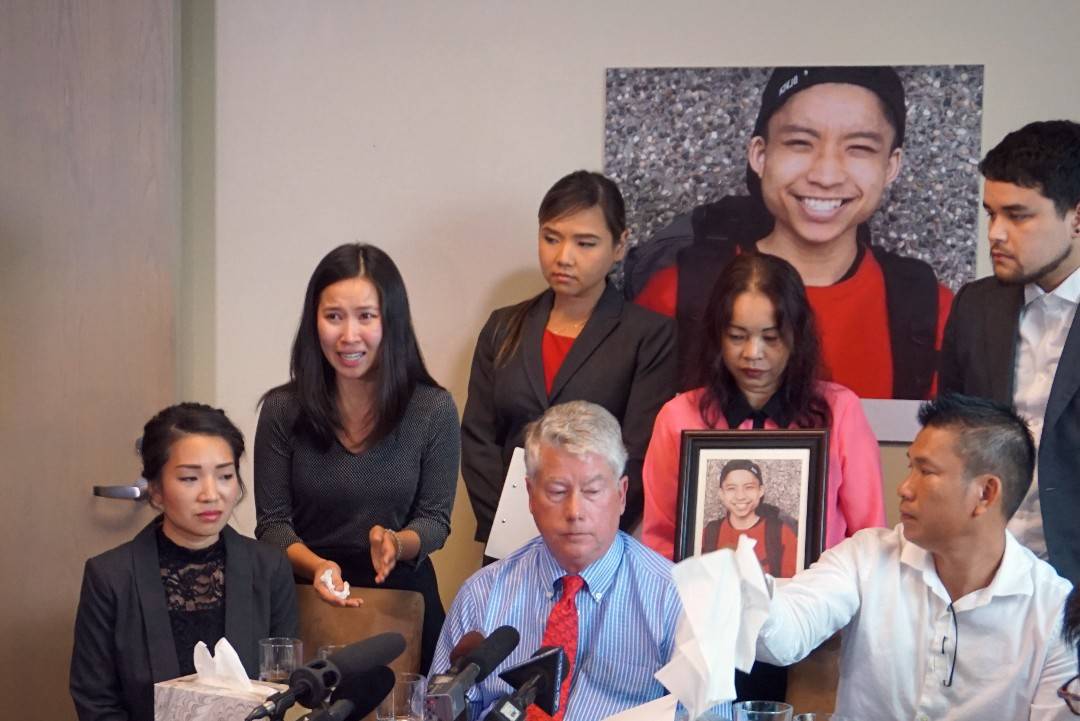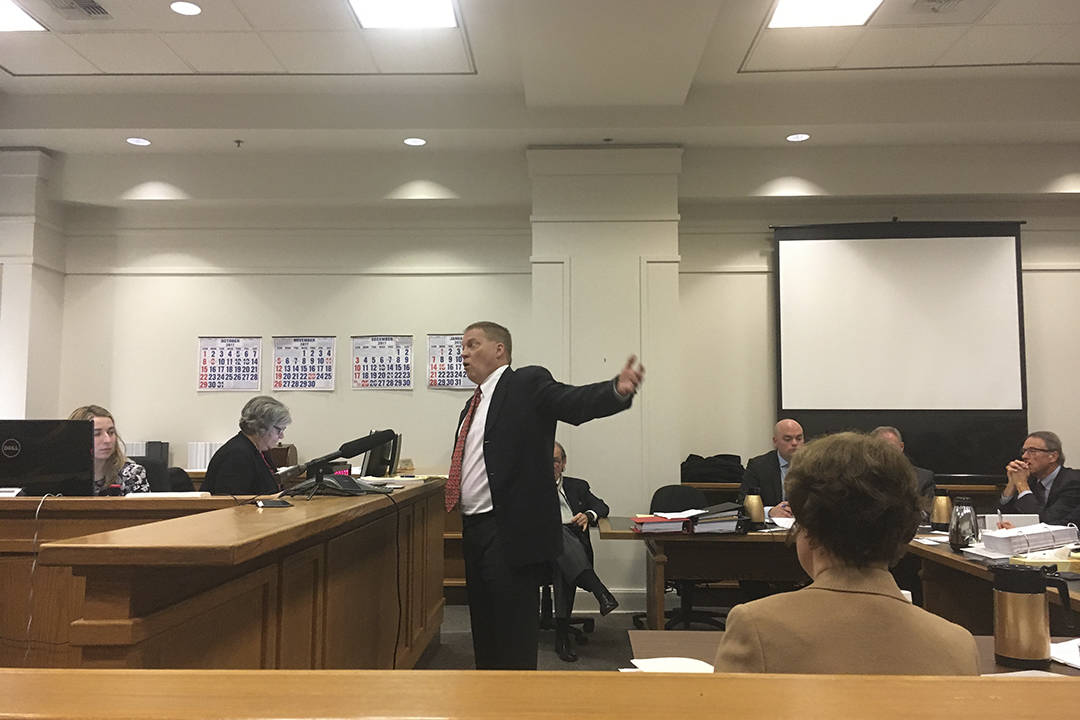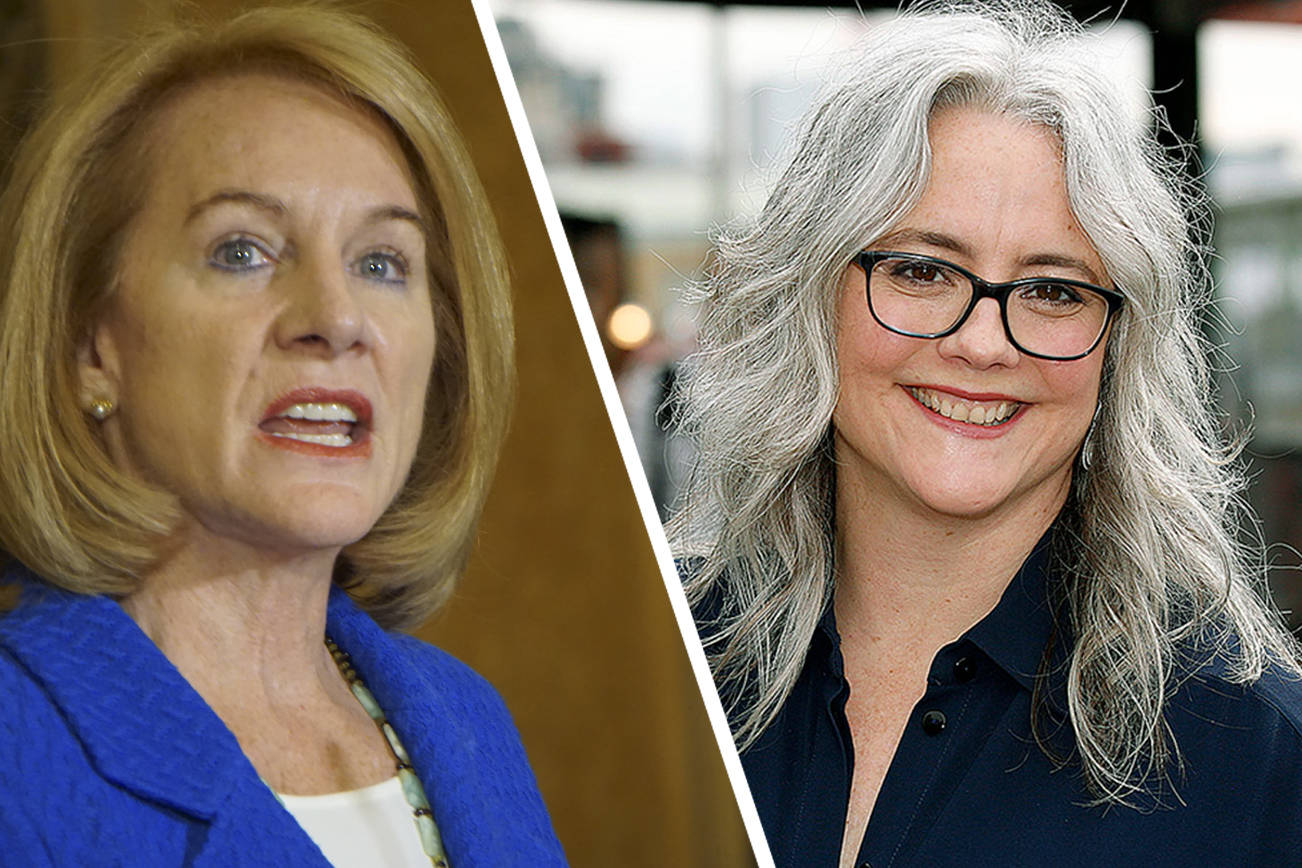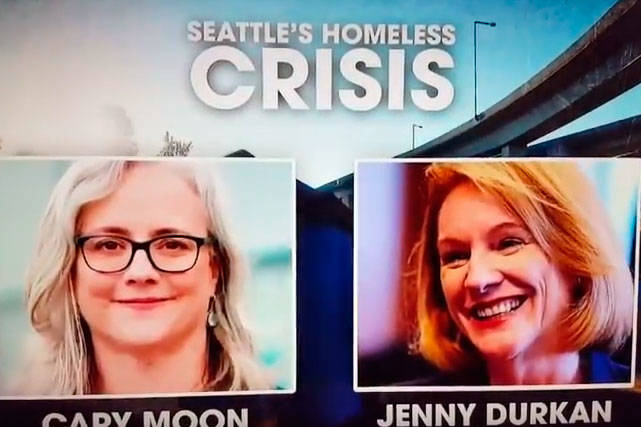Back in 2010, community organizer Bill Pease vowed he’d never put on a lucha libre event again.
It was the first year he’d tried to stage the popular Mexican wrestling spectacle on 14th Avenue Southwest in South Park, and it was proving a logistical headache.
Then the fighters put on their masks, took to the ring, and started their acrobatic showmanship.
“I got to stop and watch the show, and more importantly watch the audience,” Pease says. “Once you see those kids yelling and screaming and jumping up and down, you know you have to do it again.”
And so they have. Every summer since, luchadors have descended on the neighborhood to put on a performance that has no American equivalent, comparisons to WWE be damned.
Lucha libre, which literally translates as “free wrestling,” is the second most popular sport in Mexico, trailing only soccer. Like WWE, the matches are big on high-flying leaps off the ropes and lots of smack-talking between competitors. But the tradition runs far deeper than American pro wrestling, dating back to the early 1900s, and is suffused with symbolism representing the constant battle between good and evil.
Yet for many years in the Seattle area, a fan could not find live lucha libre. Like a great street taco, it was one of those glaring gaps in Seattle’s cultural tapestry.
That changed in 2010, when Pease teamed with José Luis Gómez, who just that year had founded Lucha Libre Volcánica, a “troupe” that doubles as a school for aspiring wrestlers. Gómez performed lucha libre in Mexico for more than 20 years and began teaching others the sport upon moving to the U.S. His school, in Renton, is still active, and the luchadors he trains can now be seen on the last Saturday of every month at Evolv Fitness in South Lake Union (8:30–10:30 p.m.; no cover, donations appreciated).
But while people can catch lucha libre any time of year, the biggest, and perhaps best, show happens in South Park—the outdoor summer extravaganzas that pit people with names like X-Man against other people with names like El Fenix.
“South Park was the first place where Lucha Libre Volcánica did a show, so it’s kind of like our home city,” says Francisco Gamino, who helps organize the events. “South Park was the place where Lucha Libre Volcánica was born, so we go back every year.”
The love between South Park and lucha libre is mutual, as the events have become integrated into the neighborhood’s proudly diverse identity. To wit: In June 2014, when the new South Park Bridge opened to much fanfare, the celebration included a lucha libre match.
Pease says that one summer, it appeared there wouldn’t be enough money to put on lucha libre. When he announced the news, donations began pouring in. “I assumed it had run its course, but everyone was really excited about it,” he says. “Everybody started pitching in to help get them back.”
Now it seems lucha libre is bigger than ever in South Park.
This year, for the first time, Lucha Libre Volcánica and Pease’s group, the Environmental Coalition of South Seattle—which is funded by the Seattle Office of Arts and Culture— are planning an event called The Art and Culture of Lucha Libre, devoted to “lucha libre and what lucha libre is all about.”
Gamino says anyone who makes it out won’t be disappointed by what they see. He emphasizes above all else that lucha libre, unlike a lot of American wrestling, is family-friendly, and that the high-flying summer spectacle is open to all comers.
“In the summer, people like to be in the outdoors,” he says, “and it tends to be a lot of people.” The Art and Culture of Lucha Libre, Duwamish Waterway Park, 7900 10th Ave. S. Events begins at noon. Performances run from 2–4 p.m. Friday, July 22.
dperson@seattleweekly.com
